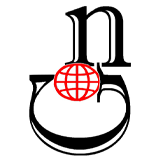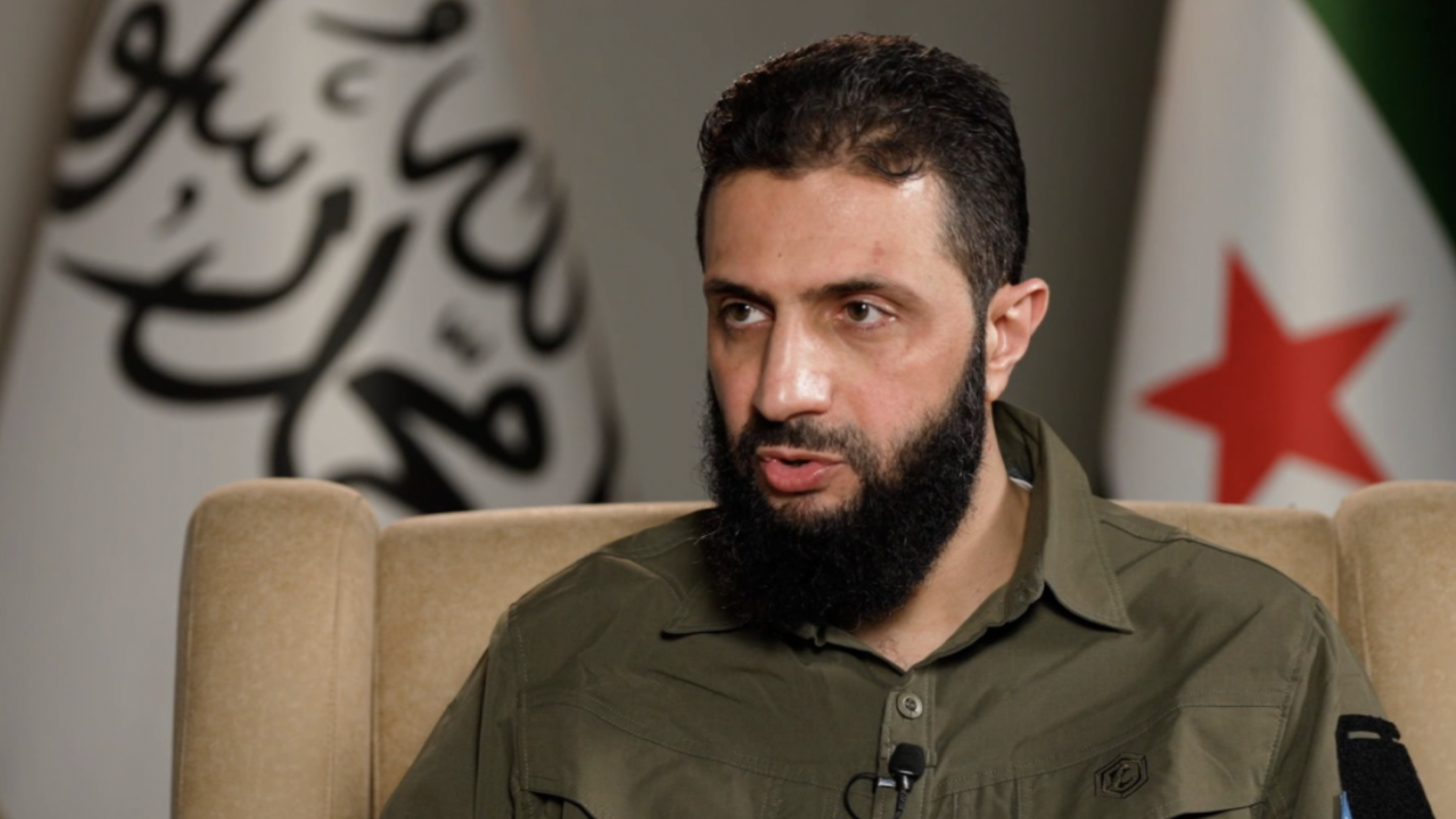𝐌𝐨𝐧𝐭𝐡𝐥𝐲 𝐫𝐞𝐩𝐨𝐫𝐭 : 𝐀𝐧𝐭𝐢𝐜𝐢𝐩𝐚𝐭𝐞𝐝 𝐃𝐞𝐯𝐞𝐥𝐨𝐩𝐦𝐞𝐧𝐭𝐬 𝐟𝐨𝐫 𝐭𝐡𝐞 𝐅𝐫𝐞𝐬𝐡 𝐒𝐲𝐫𝐢𝐚𝐧 𝐀𝐝𝐦𝐢𝐧𝐢𝐬𝐭𝐫𝐚𝐭𝐢𝐨𝐧 𝐔𝐧𝐝𝐞𝐫 𝐀𝐡𝐦𝐞𝐝 𝐚𝐥-𝐒𝐡𝐚𝐫𝐚𝐚
𝘼𝙗𝙨𝙩𝙖𝙘𝙩:
The Syrian government, led by Ahmed al-Sharaa, faces potential scenarios for political and security, including gradual stability with international support, escalating chaos, and division of the country. If the Sharia government fails to control, tensions may escalate between the new Syrian army and armed factions. Future challenges include rebuilding state institutions, lifting sanctions, dealing with refugee and prison files, reducing Iranian influence, and confronting economic pressures. Political measures like reconvening the People’s Assembly could contribute to stability and international legitimacy.
Analytical Report: Expected Scenarios for the New Syrian Government Led by Ahmed al-Sharaa
Dr. Marwan Shehadeh
In an unprecedented development, Syrian President Bashar al-Assad fled to Russia amidst mounting internal and external pressures, for a new government led by Ahmed al-Sharaa to take over in Damascus. This shift opens the door to several scenarios that may shape the political and security future of Syria, amid regional and international complications that include the American and Russian presence, and the movements of armed factions, most notably the Syrian Democratic Forces (SDF), the Islamic State (ISIS), Ahmed al-Awda’s militias in the south, and the eastern tribes.
Scenario One: Gradual Stability with International Support
This scenario is represented by the success of the Sharaa government in securing broad international recognition, with joint Russian-American support. Moscow and Washington may seek to establish stability in Syria through understandings that include:
• Restructuring the Syrian army with the participation of figures not affiliated with the former regime.
• Imposing a truce between the warring factions.
• Organizing new elections under UN supervision.
In this context, competition between Western and Arab powers may emerge in the file of rebuilding the country, while Moscow is trying hard to maintain its military presence to ensure Russian interests in the region. It may be difficult to be optimistic about this scenario, due to the ideological background of the new Syrian government led by Ahmed Sharaa, but it is capable of shortening the time in cutting the distance towards stability, as we will explain in the context of this report.
Scenario 2: Escalation of Chaos and Eruption of Internal Conflict
If the Sharia government fails to impose its control, the country may slide into further chaos, as:
• Tensions escalate between the core of the new Syrian army and the armed factions, especially the Druze militias, led by Sheikh Hikmat al-Hijri.
• The SDF forces are trying to exploit the political vacuum to strengthen their independence in the northeast of the country, refusing to integrate into the new government, and demanding that their military component remain independent from the Ministry of Defense, meaning that they retain their capabilities and human resources without the authority of the Syrian Ministry of Defense over them, not to mention the Kurds’ demand for a large share of oil resources, thus aiming to create a Kurdish component, away from the authority of the new Syrian state.
• ISIS resumes launching large-scale attacks, taking advantage of the security chaos and its success in controlling large quantities of weapons and ammunition after the collapse of the Syrian army and the escape of Assad.
• In this scenario, Russia may find itself in a difficult position, as it will be forced to either increase its military support for the new government or gradually withdraw to avoid sinking into a long-term quagmire.
Scenario 3: Actual division of the country
If diplomatic efforts fail to unite the various parties, the situation may develop into an actual division of Syria along the current lines of control:
• A Russian-Alawite zone of influence in the west under the control of the new Syrian government.
• A US-Kurdish zone of influence in the northeast led by the SDF.
• Pockets of Turkish influence in northern Syria.
• The return of ISIS in some eastern areas, which requires new military interventions.
• A Druze zone of influence in Sweida.
• Pockets of influence of tribal figures and the Free Syrian Army in the east and south.
In this context, no-fly zones may be imposed to control the conflict, while regional and international agreements are activated to prevent the conflict from spreading.
Future Challenges
Regardless of the most likely scenario, the new Syrian government faces major challenges, most notably:
• Rebuilding state institutions after years of war and disintegration.
• Lifting sanctions and obtaining international legitimacy.
• Dealing with the refugee file and returning them to the country.
• Paying attention to the prison file inside Syrian territory, especially those whose inmates are mostly ISIS members.
• Reducing Iranian influence, which may seek to re-impose its control through its militias.
• Confronting the economic pressures resulting from sanctions and the widespread destruction of infrastructure.
Bashar al-Assad’s escape represents a critical turning point in Syria’s history, but the country’s future path depends on the new government’s ability to achieve stability and balance international and regional interests. The coming months will remain crucial in determining which scenarios will crystallize, and whether Syria will be able to overcome its long crisis towards a more stable future.
Perhaps one of the scenarios that may contribute to achieving stability, obtaining international legitimacy, and lifting sanctions, is by taking political measures, such as:
• Calling for the reconvening of the previous People’s Assembly, and the nomination of the new Syrian leadership leader, Ahmed al-Sharaa, for the position of President of the Republic, and voting to elect him, so that he becomes an elected president.
• Activating the previous constitution of the era of the Syrian Baath Party, which is the 1952 constitution, and working to develop and amend it to suit the circumstances of the stage, and the intellectual structure of the new government. This step shortens the time, disagreements, and cracks that may arise as a result of choosing a new consensual constitution that enjoys the consensus of the Syrians.
• These two steps are preceded by a vote to proceed with them before starting to implement them, through the national conference that will be held within the next two months, which will be organized by the new government. The aforementioned steps include legal and political details, and may not receive the approval of the members of the new government, and they need an in-depth study to know their positives and negatives on the political scene in Syria, but they are scenarios that undoubtedly block calls for separation and division, and give the new government political and legal power at the local, regional and international levels, and include sending reassuring messages to countries that are closely monitoring developments in the scene.


